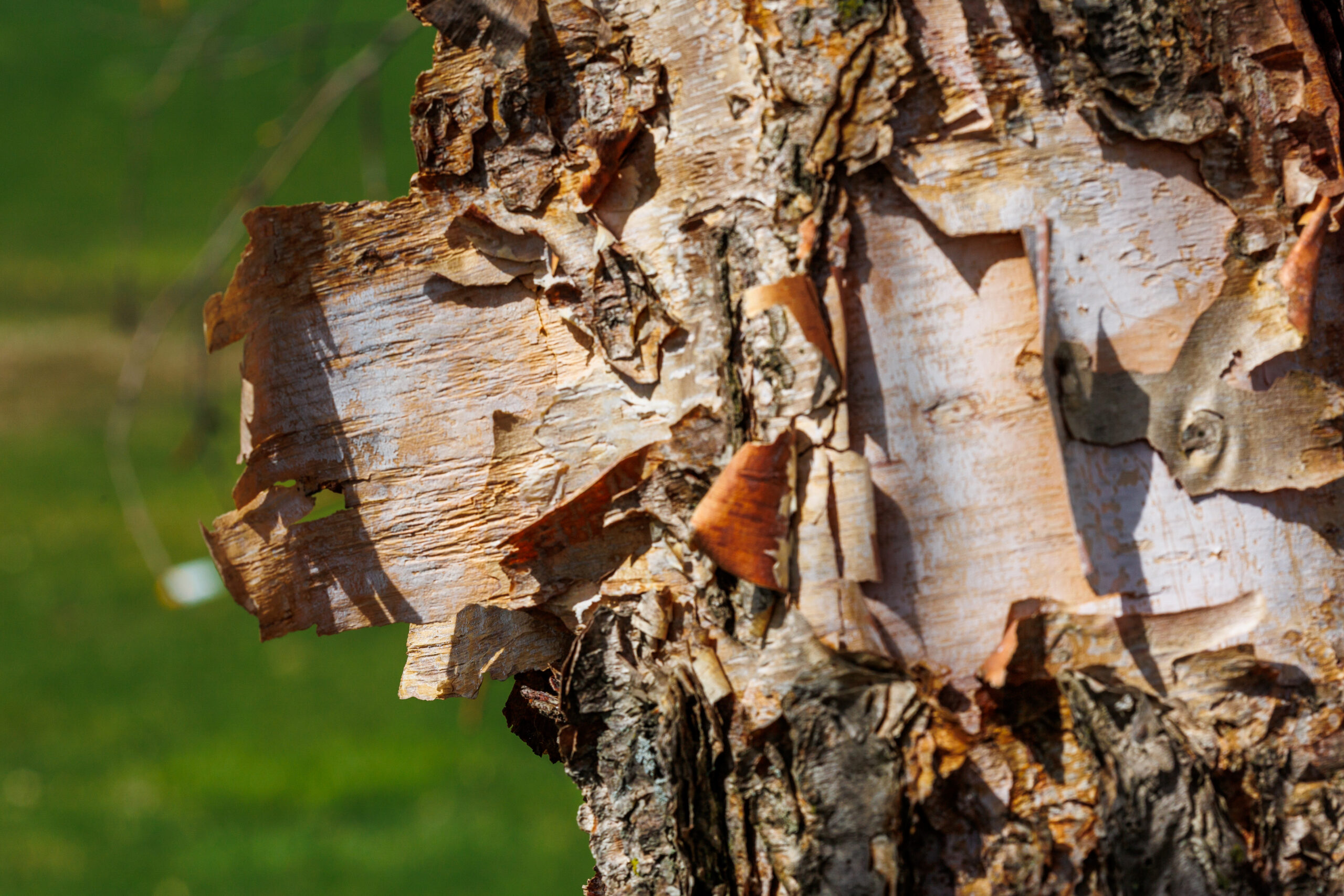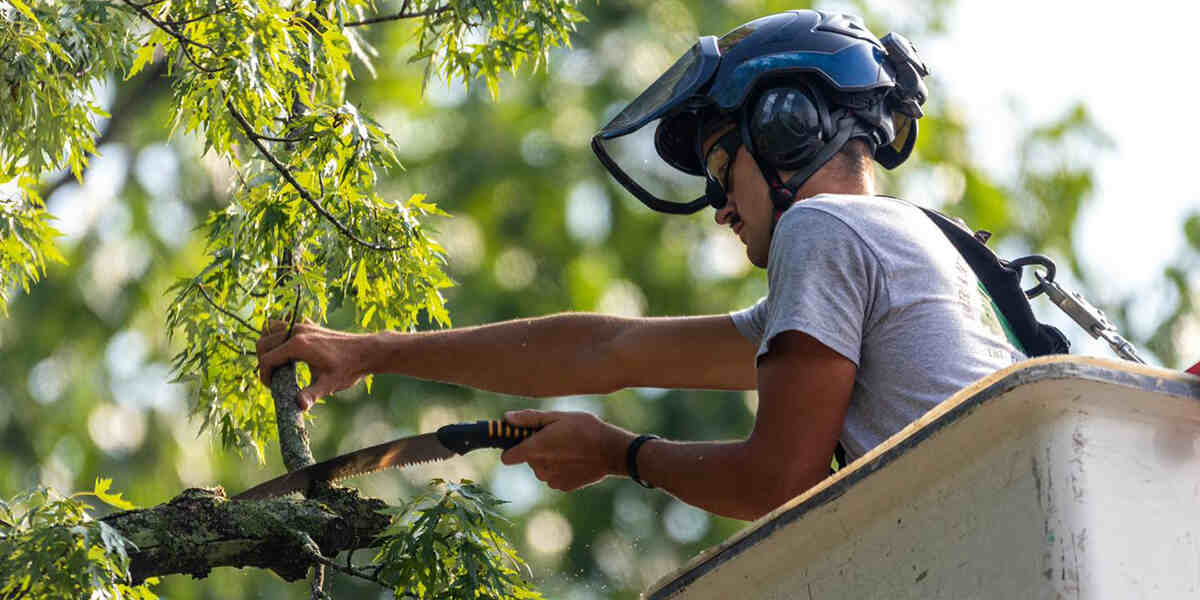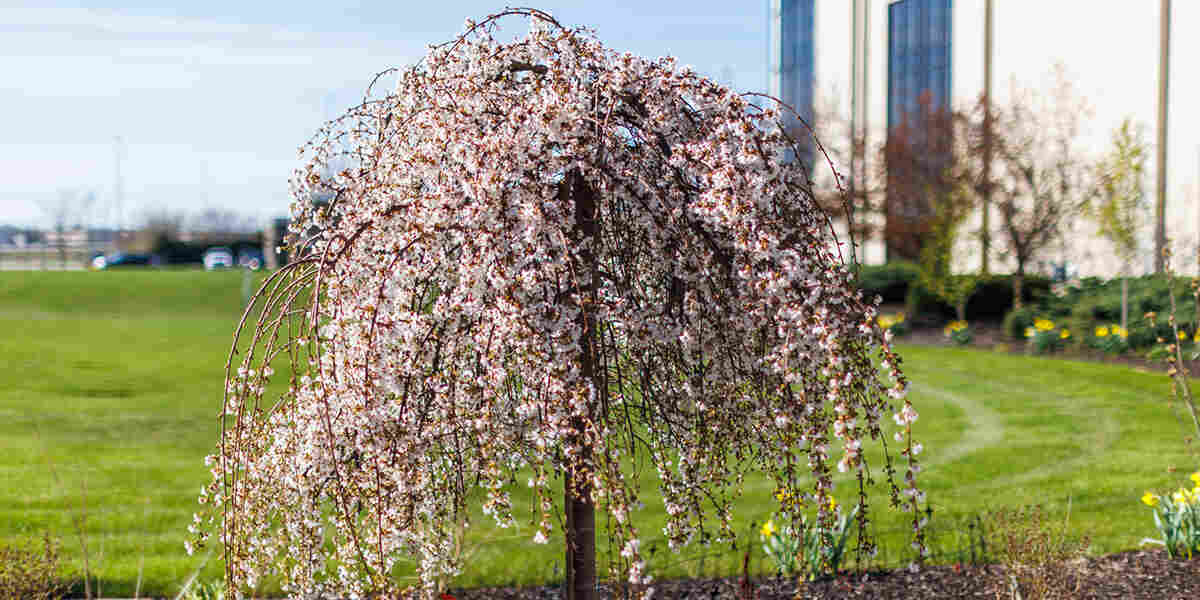Introduction
Trees are living entities that, much like humans, can succumb to diseases. Recognizing the top 10 signs of tree disease and addressing them is crucial to maintaining a healthy environment. Trees are essential contributors to our ecosystem, providing oxygen, shelter, and food for countless organisms. Knowing how to spot and address tree diseases is vital for everyone, whether you are a homeowner, gardener, or an environmental enthusiast.
Recognizing Tree Diseases
Observing trees closely is the first step to identifying potential diseases. Regular observation can help detect anomalies and changes in the tree’s appearance, enabling early intervention and preventing further damage. Early detection is vital in managing tree diseases. It allows for immediate action, reducing the spread of the disease and increasing the chances of the tree’s survival. Immediate action can often mean the difference between the life and death of a tree.
Top 10 Signs of Tree Disease
1. Leaf Discoloration
When leaves change color unexpectedly, it might indicate a lack of essential nutrients or an attack by pathogens. Identifying the cause is crucial, and solutions may include soil amendments, providing specific nutrients, or applying fungicides, depending on the identified issue.

2. Premature Leaf Drop
If trees lose leaves before the typical shedding season, it could signify stress or disease. Managing this requires identifying the underlying problem and might involve adjusting the watering patterns, applying suitable treatments, or enhancing root health.
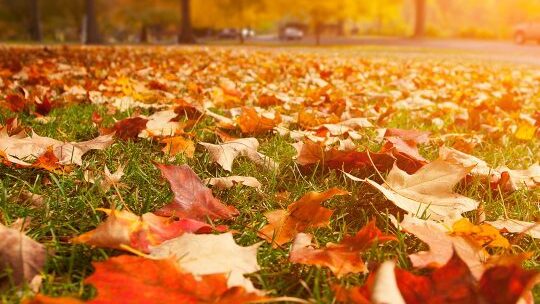
3. Peeling Bark
Bark acts as a protective layer for trees. When it peels or cracks, it can reveal underlying health issues. Addressing this involves assessing the overall health of the tree, ensuring proper nutrition and hydration, and safeguarding it from harsh weather and pests.
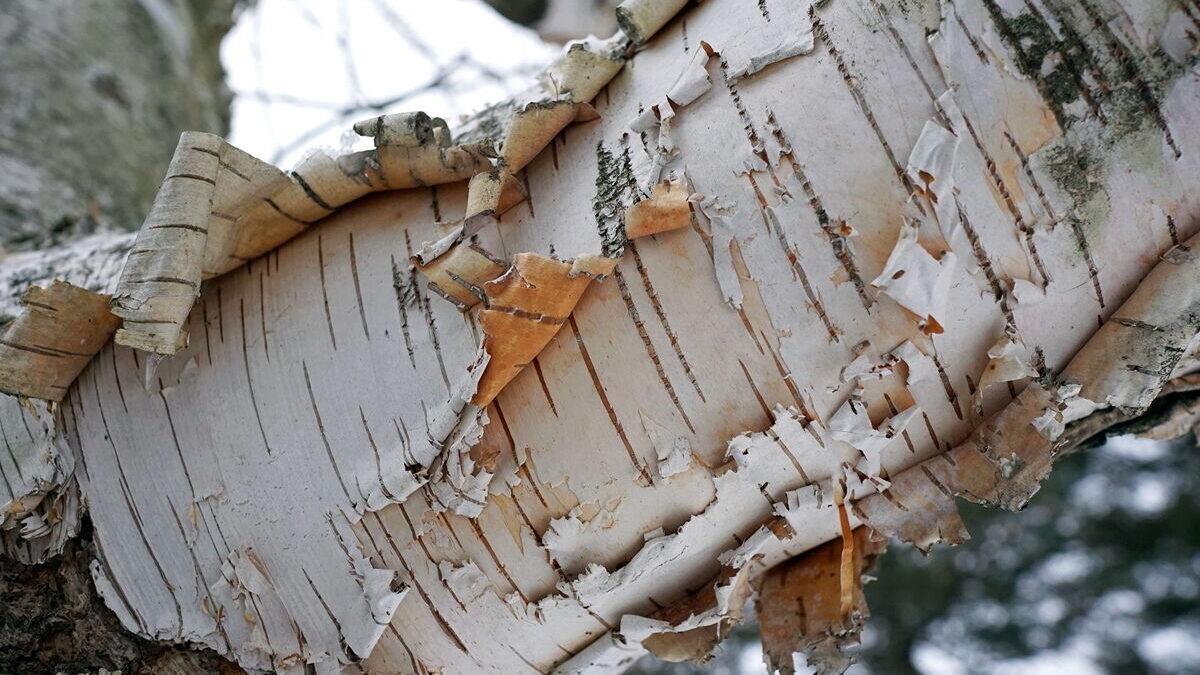
4. Branch Dieback
When branches on a tree start dying, it’s a serious sign of distress. Addressing branch dieback involves pruning the dead branches, applying necessary treatments to combat diseases or pests, and improving the overall care of the tree to prevent further decline.
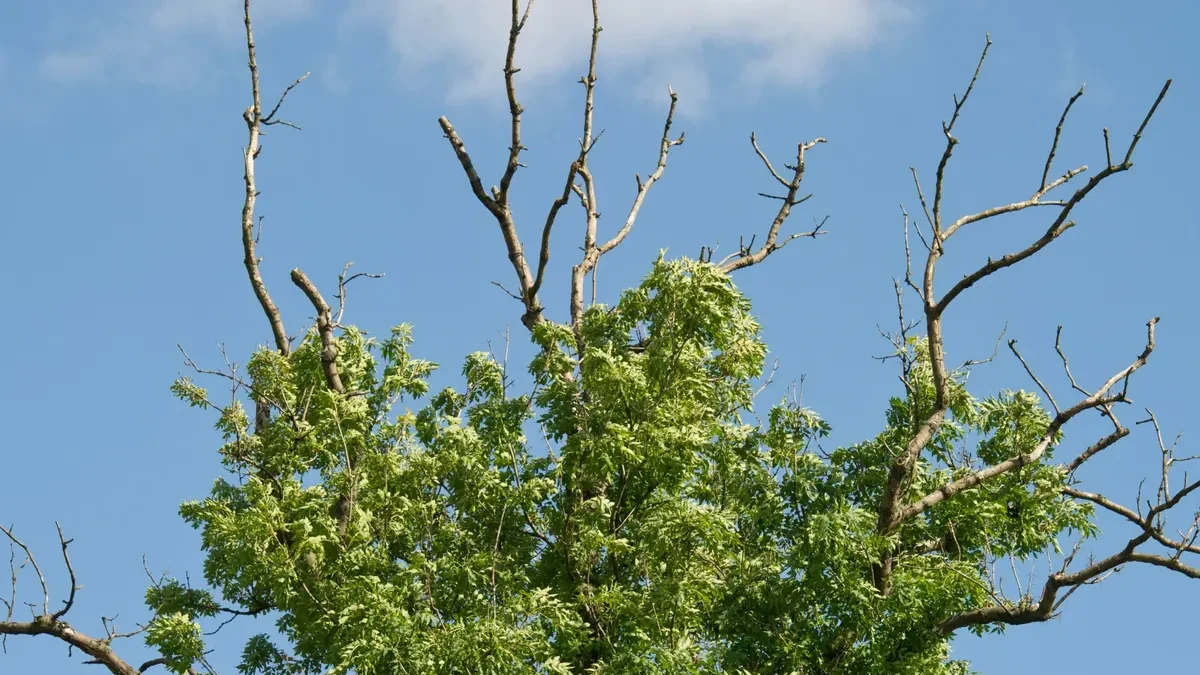
5. Fungal Growth
The presence of fungi, like mushrooms at the base, is a clear sign of tree disease. Treating fungal growth typically involves applying anti-fungal agents and improving the overall health of the tree through proper nutrition and care.
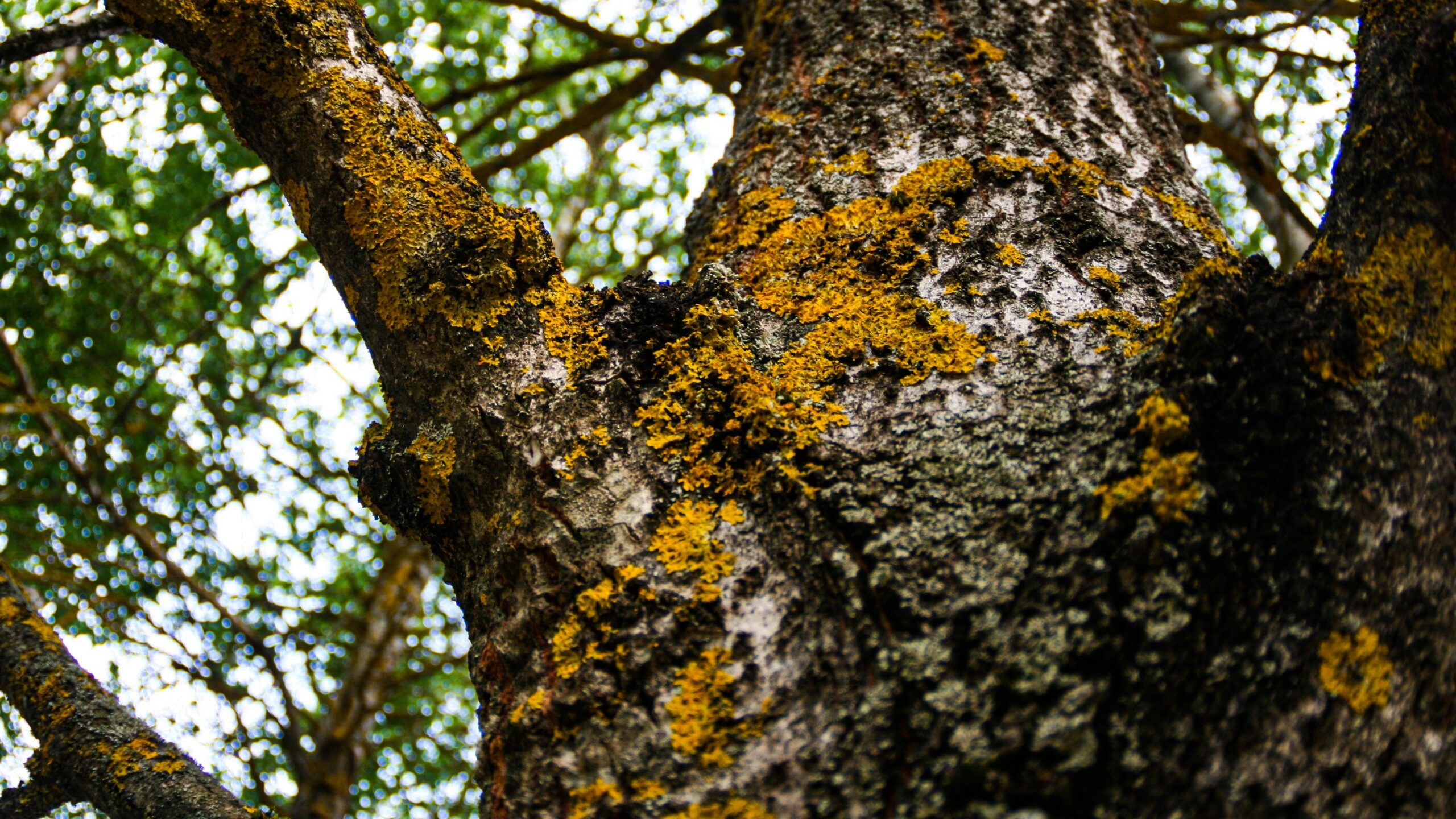
6. Galls and Burls
Unusual growths, such as galls and burls, on the tree might indicate stress or infection. Addressing these involves determining the cause, removing the affected parts if necessary, and applying appropriate treatments to prevent further growths.
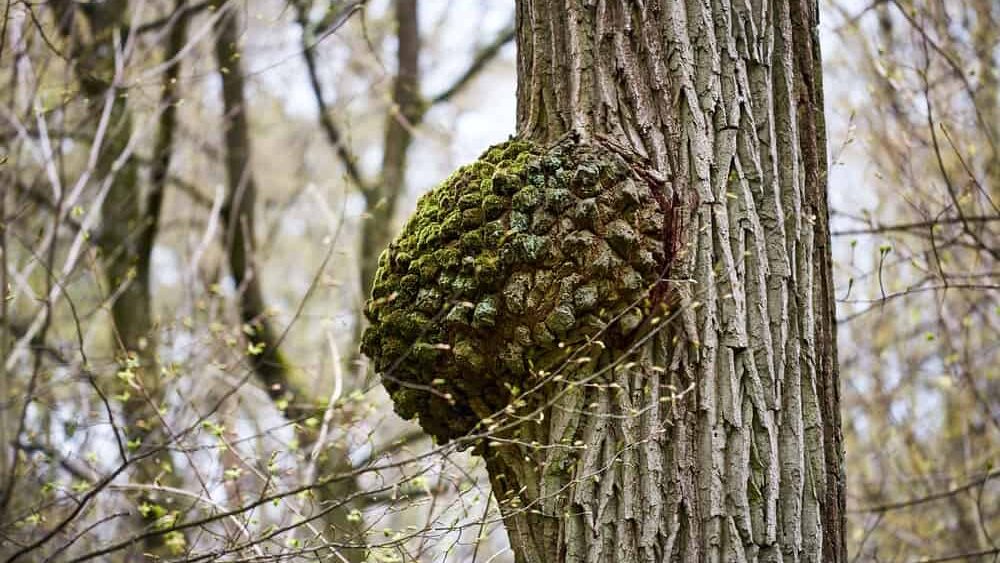
7. Leaf Spotting and Blight
Spots or blight on leaves are often symptoms of bacterial or fungal infections. Addressing leaf spotting involves applying suitable fungicides or bactericides and possibly removing the affected leaves to prevent the spread of the infection.
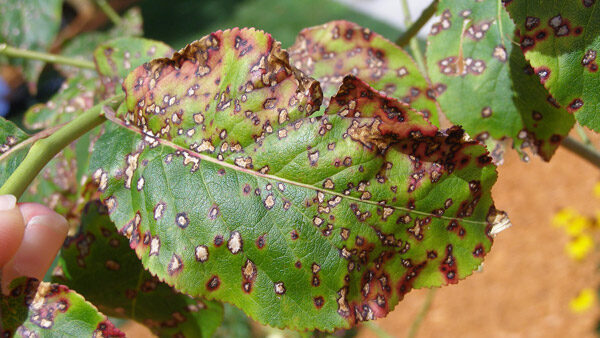
8. Root Decay
If a tree shows signs of instability or wilting, it may be suffering from root decay. Addressing this severe issue involves improving soil health, ensuring proper watering, and possibly consulting an arborist for more advanced interventions.
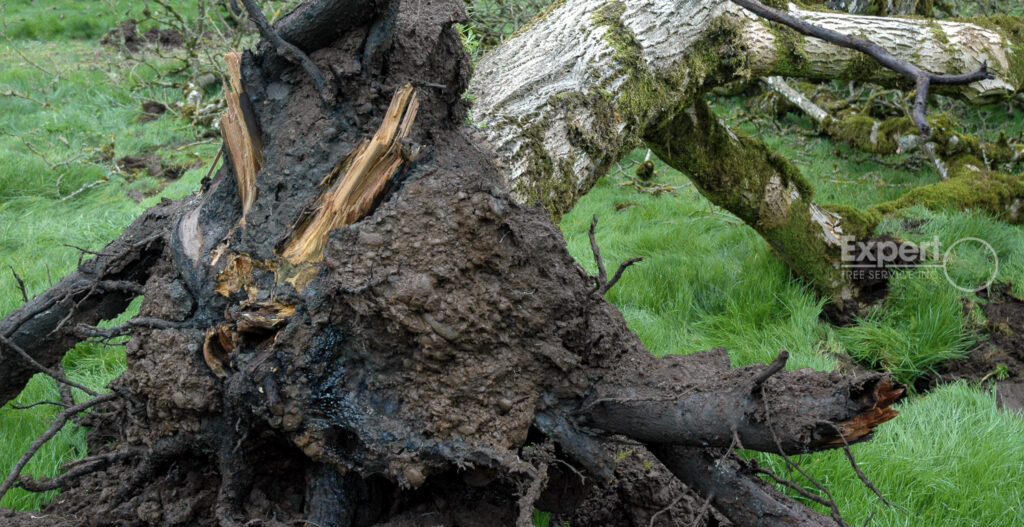
9. Cankers
Cankers are areas of dead bark on branches or the trunk, typically caused by fungal infections. Treating cankers involves removing the infected parts and applying fungicides to control the spread of the infection.
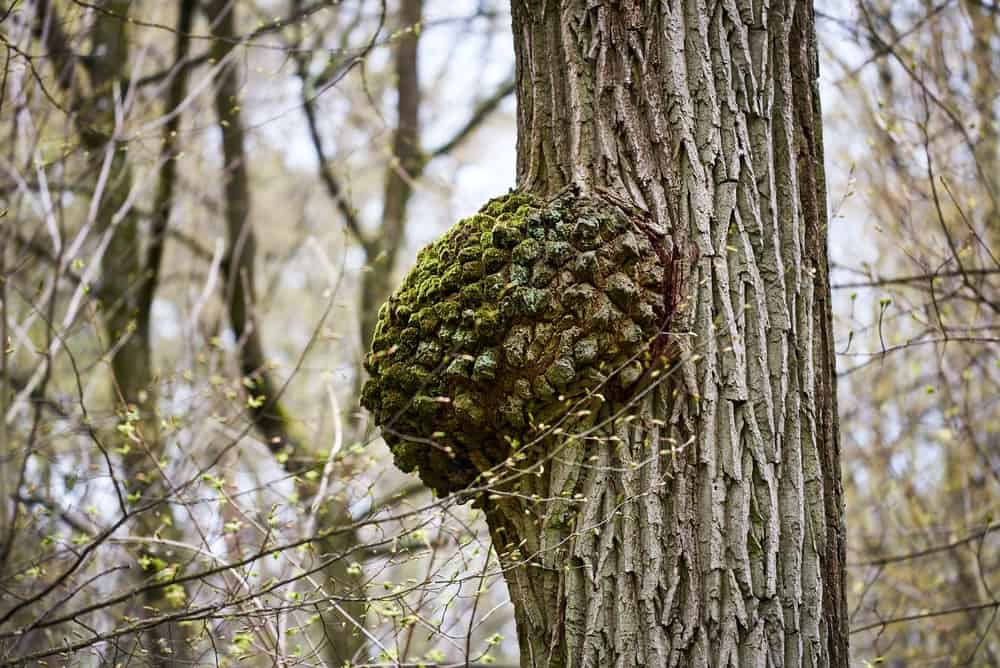
10. Wilted Leaves
Leaves that are wilting or curling can be a sign of inadequate water or a more serious underlying condition. Addressing wilted leaves involves adjusting the watering and possibly applying treatments to combat any identified diseases or conditions affecting the tree.
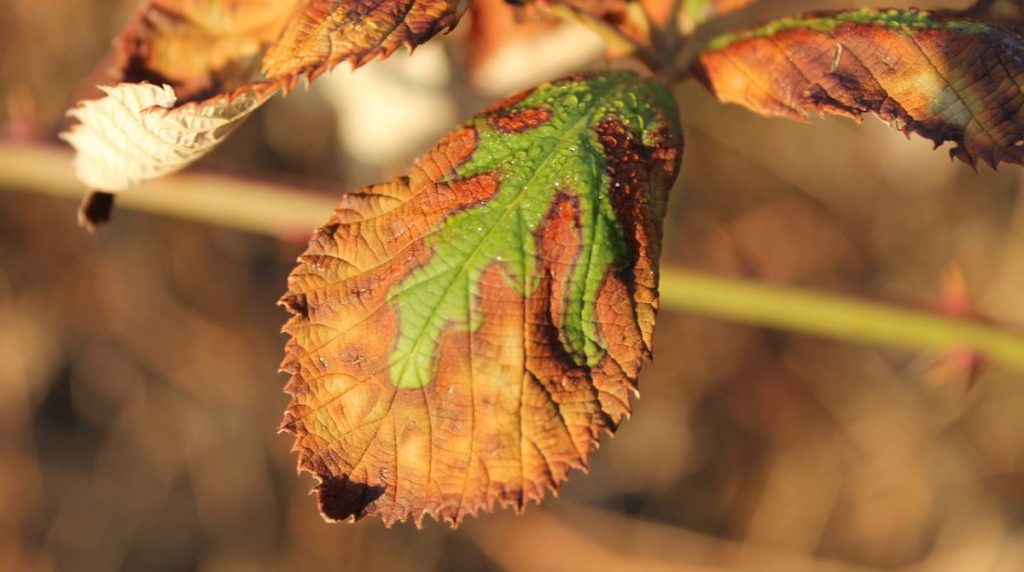
Addressing Diseases
Consulting an Arborist
Arborists are trained professionals who can diagnose and treat tree diseases effectively. If you’re dealing with any of these problems in the Northeast Fort Wayne area call: (260) 438-2827. Brandenberger TCP can help with any arborist consultations.
Disease Management
Effective disease management involves identifying the disease accurately and applying the correct treatments, whether they are chemical, biological, or cultural. Check out our Plant Healthcare Here!
Prevention Techniques
Prevention is always better than cure. Learning and applying prevention techniques, such as proper planting and regular inspection, can keep trees healthy and reduce the risk of diseases.
Role of Proper Nutrition
Just like humans, trees need proper nutrition to stay healthy. Providing trees with adequate nutrients can strengthen their immune system and increase their resistance to diseases. Check out our proper nutrition guide for your trees here!
Importance of Pruning
Pruning is essential in removing diseased, dead, or infested branches, preventing the spread of diseases and promoting healthy growth. Check out our pruning service here!
Disease Specifics and Management
Fungal Diseases
Fungal diseases are common in trees, and managing them may involve applying fungicides and ensuring proper tree care to prevent future infections.
Bacterial Diseases
Bacterial diseases can be severe, and addressing them may require antibiotics and regular cleaning of the infected areas.
Viral Diseases
Viral diseases in trees are challenging to manage and may require a combination of treatments and preventive measures to control their spread.
Insect Infestations
Insects can cause various damages to trees. Managing insect infestations involves identifying the pest and applying the appropriate insecticides.
Environmental Stressors
Environmental stressors like pollution and extreme weather conditions can weaken trees. Addressing environmental stress involves providing adequate care and protection to trees.
Treatment Methods
Chemical Treatments
Chemical treatments, such as pesticides and fungicides, are often used to control diseases and pests effectively.
Biological Treatments
Biological treatments involve using natural enemies of pests, such as predators and parasites, to control pest populations.
Cultural Control Methods
Cultural control methods include practices like proper planting and sanitation to prevent the introduction and spread of diseases.
Mechanical Control Methods
Mechanical control involves physically removing diseased parts, pests, or weeds to manage tree diseases
Prevention Strategies
Proper Planting
Proper planting techniques are crucial in preventing tree diseases by reducing stress and providing a healthy start for trees.
Adequate Watering
Providing trees with adequate water is essential in maintaining their health and preventing stress-induced diseases.
Fertilization
Regular fertilization can supply trees with the necessary nutrients, boosting their growth and immunity against diseases.
Regular Inspection
Regular inspection can help in early detection of diseases, allowing for timely interventions and management.
FAQs
How can I diagnose a tree disease? To diagnose a tree disease, closely observe the symptoms, consult reference materials or online resources, and seek professional advice if needed.
Is it possible to save a diseased tree? Yes, many diseased trees can be saved with early detection and appropriate treatments, but the feasibility depends on the type and extent of the disease.
What are the ways to prevent tree diseases? Preventing tree diseases involves proper tree care, including regular inspection, proper watering, fertilization, and pruning, along with implementing preventive measures like applying pesticides and fungicides when needed.
Are there any natural remedies available for treating tree diseases? Yes, there are natural remedies such as neem oil and garlic extracts that can be effective in treating certain tree diseases.
What is the significance of an arborist in tree care? Arborists are tree care professionals who have the knowledge and expertise to diagnose and treat tree diseases, and they play a crucial role in maintaining tree health.
Can other plants be affected if a tree is diseased? Yes, some tree diseases can spread to other plants, especially if they are caused by infectious agents like fungi, bacteria, or viruses.

